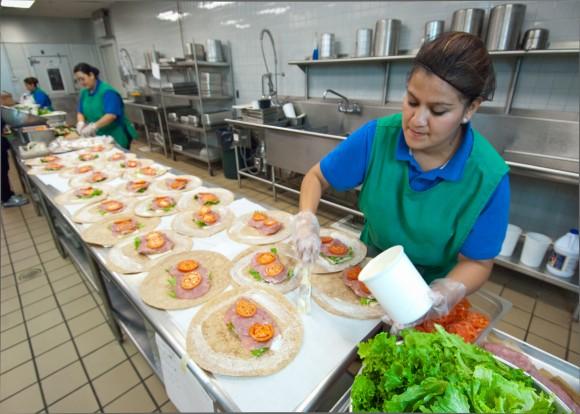With a hint of a hyperbole, Agriculture Secretary Sonny Perdue moved this week to “make school meals great again,” somewhat relaxing dietary regulations imposed by the Obama administration and Congress in 2010.
“This announcement is the result of years of feedback from students, schools, and food service experts about the challenges they are facing in meeting the final regulations for school meals,” Perdue said in a release.
“If kids aren’t eating the food, and it’s ending up in the trash, they aren’t getting any nutrition—thus undermining the intent of the program” he added.
Some 30 million children eat the lunches sponsored by the federal National School Lunch Program. The federal government spends some $13 billion a year, parents get charged another $6 billion, and states chip in hundreds of millions more.





